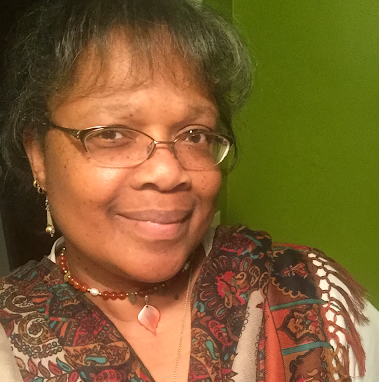A: Last week, the United States Surgeon General issued and Advisory titled “Confronting Health Misinformation: The U.S. Surgeon General’s Advisory on Building a Healthy Information Environment”. It outlines action steps for anyone to take to stop the spread of misinformation.
For example, you can:
-Learn how to identify and avoid sharing health misinformation
-Engage with your friends and family on the problem of health misinformation
-Work with your schools, churches, and healthcare professionals to fight misinformation
No matter what your role is in society, you can find resources in this document. There are action items tailored to individuals, families, communities, educators, health professionals, journalists, technology platforms, researchers, governments, funders, organizations and foundations. There is something for everyone to do to stop the “infodemic” responsible for delaying the effectiveness of public health. Here is a closer look.
Vivek H. Murthy, MD, MBA is the Surgeon General of the United States. He is the Vice Admiral of the U.S. Public Health Service, and released an Advisory— a public service statement to raise awareness and instruct people living in the U.S. during a significant public health challenge.
Recognizing health misinformation during the COVID-19 pandemic as a public health crisis, Dr. Murthy and his staff prepared a 22-page document to give action items to those who want to make a change in their families, communities, and workplaces. He opens the document with the following statement:
“I am urging all Americans to help slow the spread of health misinformation during the COVID-19 pandemic and beyond. Health misinformation is a serious threat to public health. It can cause confusion, sow mistrust, harm people’s health, and undermine public health efforts. Limiting the spread of health misinformation is a moral and civic imperative that will require a whole-of-society effort.”
What follows in the “Confronting Health Misinformation” Advisory is a background on our current situation. It describes the difference between disinformation and misinformation.
“Misinformation can sometimes be spread intentionally to serve a malicious purpose, such as to trick people into believing something for financial gain or political advantage. This is usually called disinformation. But many people who share misinformation aren’t trying to misinform. Instead, they may be raising a concern, making sense of conflicting information, or seeking answers to honest questions.”
Each section of the Advisory describes what you can do to take action in your home, neighborhood, at work, school, in public office, on committees, and in board rooms.
The goal of the Advisory is to raise awareness, and to call us to:
-Equip people with the tools to identify misinformation
-Expand research that deepens our understanding
-Implement product design (e.g. monetizing “likes/clicks”) and policy changes on technology platforms
-Invest in longer-term efforts to build resilience against health misinformation
-Convene federal, state, local, territorial, tribal, private, nonprofit, and research partners to explore the impact of health misinformation
The Advisory ends with an extensive list of helpful resources for those who want to read more. Surgeon General Dr. Murthy acknowledges that this is new territory for all of us. A perfect storm of a fast moving virus, fast moving technology, and an era of growing skepticism has set the stage for the spread of health misinformation. It will take all of us pulling together to build a “healthy information environment.”


